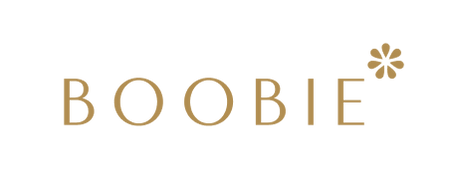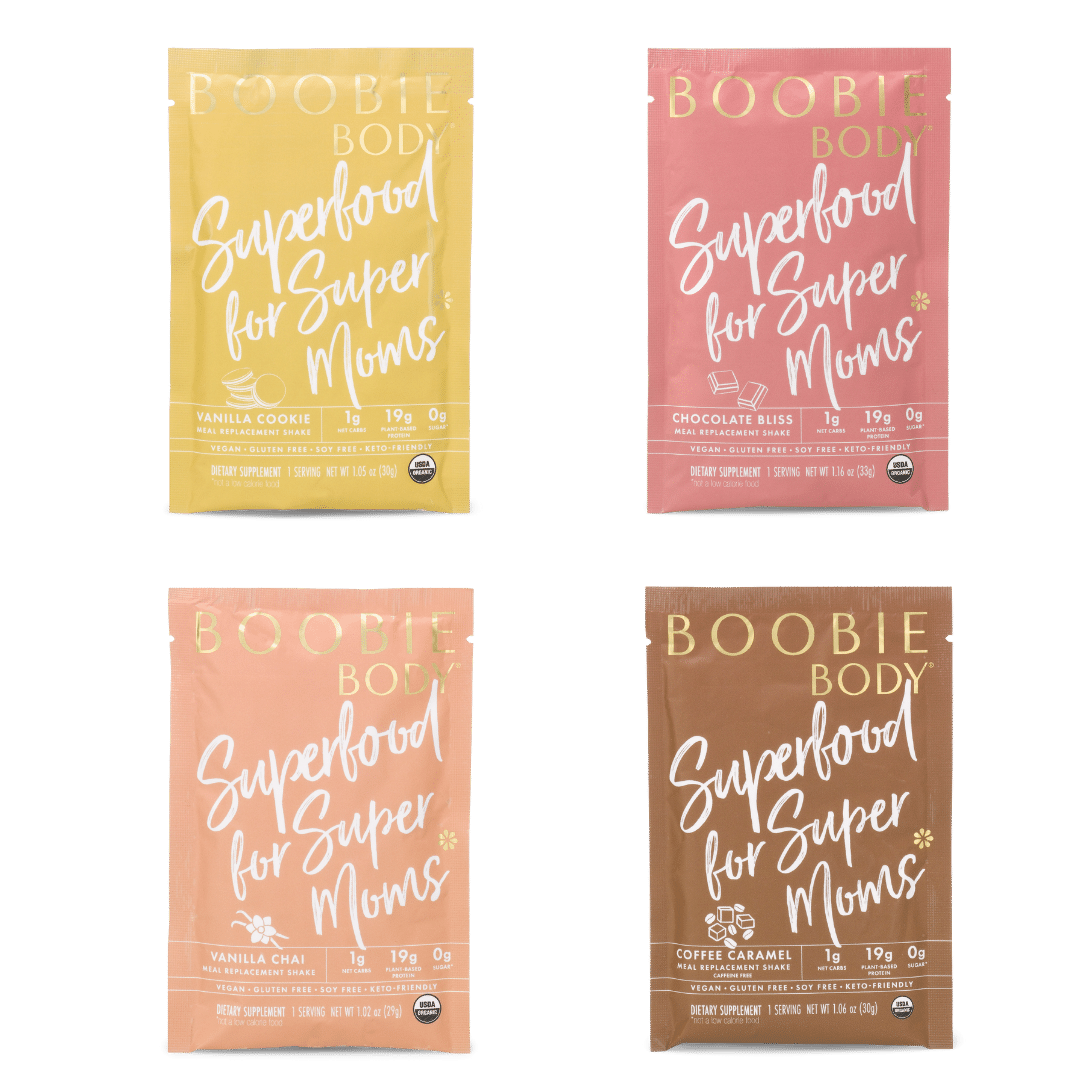By Wendy Colson RN, IBCLC, RLC
What Are Galactagogues?
What are galactagogues? Other than being a really fun word to say once you learn how to properly pronounce it, according to the Academy of Breastfeeding Medicine, a galactagogue is defined as “medications or substances used to initiate, maintain or increase milk supply”.1 The word is derived from the Greek “galacta” which means milk, and “ogogue” which means leading to or promoting. Galactagogue - promoting the production of breastmilk. Throughout history, herbs and foods have been used as galactagogues by breastfeeding moms. Since galactagogues are supplements, they are not regulated by the Federal Drug Administration (FDA) and very little funding is provided for research. Due to this, the functionality of galactagogues isn’t scientifically proven so there are no conclusive results that galactagogues actually work in increasing breast milk supply. That said, for thousands of years, breastfeeding moms, professionals in their own right, have been sharing their anecdotes for centuries to help support moms in optimizing their milk supply when other measures have been ineffective.
Do I Need a Galactagogue?
Since galactagogues are not regulated by the FDA, it is recommended to first consult with your doctor or a lactation consultant to receive individualized recommendations. One of the most common occurrences when mothers believe they have low milk supply is thinking that simply adding in a galactagogue will support increasing milk supply. There are several things to keep in mind first if you are considering discussing a galactagogue with your healthcare team. First, determine if your milk supply is actually low or if it is perceived to be low? The most common culprits of low supply are:
- Not enough feedings. Since supply is naturally regulated by demand, if there are not enough feedings the body doesn’t get the memo to make more milk.
- Inadequate breast drainage (remember, full breasts don’t make milk!). Breasts need to be completely emptied after feeding. If you are finding that your breasts do not feel fully drained after a feeding, you can consider pumping or hand expressing to support your milk supply. A lactation consultant can assist you in working on your babies latch technique if they are not draining the breast well. If you are pumping
- Mom and baby separation. Whether this is due to work, school or illness, mom and baby being apart can result in a drop in supply both due to a potential decrease in feedings and often suboptimal milk removal from a breast pump (babies will always get more when at the breast vs the pump)
Some additional causes of low milk supply can include: a history of breast/chest surgeries, glandular insufficiency, endocrine concerns such as polycystic ovarian syndrome (PCOS) or hypothyroidism, medications or even retained placenta from the delivery of the baby. These potential causes of low milk supply should be carefully evaluated prior to the use of a galactagogue.
All in all, galactagogues on their own aren’t a magic pill and need to be used in conjunction with understanding the cause of low milk supply and addressing these concerns first.
Types of Galactagogues
If you have carefully weighed the risks and benefits of using a galactagogue to support your milk supply and decided it can be supportive for your breastfeeding journey, here’s some tips to keep in mind about the different types of galactagogues.
With all 3 types of galactagogues the goal is to increase the production of the hormone prolactin to trigger milk production in conjunction with the adjustments to strategies above. Galactagogues can be synthetic, plant-based or endogenous. Here’s a breakdown below:
Common Galactagogues & Uses
Popular galactagogue herbs and spices include:
There are lots of popular plant-based galactagogues available so ensuring you are purchasing from a reputable source is essential. Every brand has different dosing quantities and different indications so it’s important to follow the instructions carefully for each supplement in guidance with your healthcare team.
Popular galactagogue foods include:
Since galactagogues happen to be staple ingredients for any healthy diet they can be a safe + delicious way to help you reach you boost your milk supply. While it is always best to focus on maximizing your nutrition from whole, clean foods, busy mom life means that alternative options can be a great addition to your pantry. Boobie Brands Superfoods offers a variety of quick and nutrient dense options packed with super ingredients for every stage of motherhood. Boobie Brands bars, protein powders and superfood snacks are the perfect addition that you can eat one handed and incorporate a blend of lactogenic foods + herbs:
Boobie Bars are powered by 6 premium milk-boosting superfoods making them a comprehensive lactation supplement.
Ingredients - 1480 mg of these super foods:
Find your favorite and see all of our Boobie* Superfoods here!
Article References:
- Breastfeeding Medicine Volume 13, Number 5, 2018 ª Mary Ann Liebert, Inc. DOI: 10.1089/bfm.2018.29092.wjb
- Drugs and Lactation Database (LactMed) [Internet]. Bethesda (MD): National Library of Medicine (US); 2006-. Moringa. [Updated 2021 Feb 15]. Available from: https://www.ncbi.nlm.nih.gov/books/NBK501899/
- Bazzano, A. N., Hofer, R., Thibeau, S., Gillispie, V., Jacobs, M., & Theall, K. P. (2016). A Review of Herbal and Pharmaceutical Galactagogues for Breast-Feeding. The Ochsner journal, 16(4), 511–524.
- "Boobie*." https://www.boobiesuperfoods.com/. Accessed 9 Feb. 2021.




















